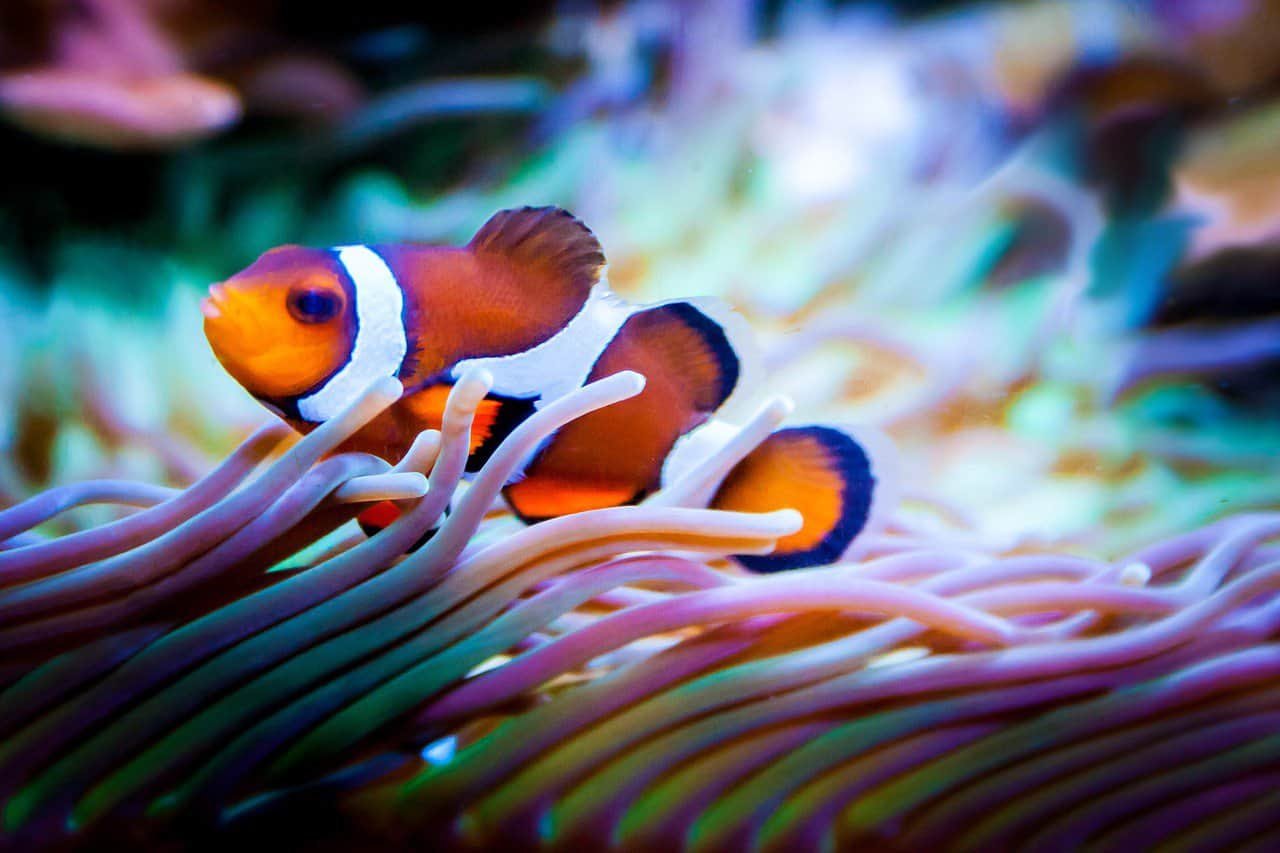Corals can live for hundreds of years. However, they face threats from marine animals, diseases, sediments, temperature increases, pollution, fishing, and irresponsible tourism.
With the arrival of El Niño in Costa Rica, scientists are on high alert due to the danger it poses to corals through bleaching. Experts predict El Niño’s impact on ocean temperatures in the Pacific could last until March 2024.
Compared to historical data, June temperature records increased by at least 1°C around Costa Rica. Liberia reached an average of 33°C, while its usual average is 32°C. Meanwhile, Limón experienced average temperatures of 31.3°C compared to its regular average of 30.2°C.
“Corals typically thrive in warm waters between 24°C and 28°C since their growth and reproduction are faster at these temperatures,” explained Juan José Alvarado Barrientos, a researcher from the University of Costa Rica’s Marine and Limnology Research Center (CIMAR).
Additionally, at these ideal temperatures, corals efficiently partner with a microalga called zooxanthellae inside them. The zooxanthellae provide corals with essential nutrients for survival through photosynthesis.
However, with rising ocean temperatures from El Niño, metabolic rates increase and the algae produce too many compounds for the coral to handle – the bleaching effect.
Marine biologist Jorge Cortés Núñez explains, “The relationship becomes more costly than beneficial, so it’s not worth maintaining.” The coral then rids itself of the algae through various mechanisms.
The first sign of algae release is bleaching, from the loss of pigments. “The coral remains alive,” Alvarado says, “but the algae providing color vanish entirely.”
This bleaching can reverse if temperatures decrease within 4-6 weeks. Otherwise, the coral can’t reincorporate algae, initiating fatal stress.
“They struggle to grow, reproduce, and defend against diseases, becoming fragile,” Alvarado says. During past El Niños, corals suffered severely. Between 1982-1983, 80% died from bleaching.
Beyond their intrinsic value, reefs provide livelihoods through tourism and fishing while protecting coasts. They house countless symbiotic fish, crustaceans, mollusks and more.
“If corals get sick and die, the whole reef starts to deteriorate,” says the marine biologist. Regarding coastal protection, he describes reefs as “natural breakwaters” that dissipate waves.
Costa Rica must take urgent action to protect these vital reefs that face dire threats from rising ocean temperatures. Bleaching could decimate entire delicate ecosystems and coral structures if this El Niño cycle persists as expected until March 2024.
The loss of reef habitats would destroy local fishing and tourism industries. And without coral buffers, coasts will endure harsher storm impacts. Scientists stress that rapid intervention and global climate policy are imperative to avoid irreparable damage.






